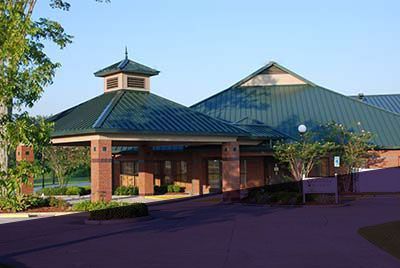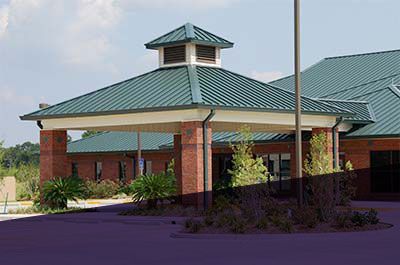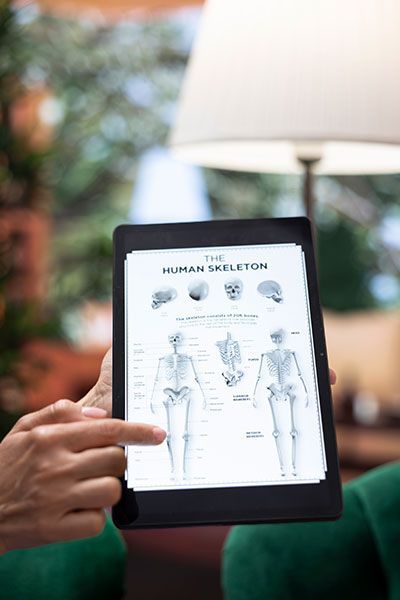Kyphoplasty Treatments
kyphoplasty q & a's
What is kyphoplasty?
People with osteoporosis often experience back pain and a hunched-over deformity due to vertebral compression fractures, but kyphoplasty can provide relief and restore height. Jimmy Ponder Jr., MD, and the expert team at Headache & Pain Center, AMC, in Gray and New Iberia, Louisiana, offer advanced treatments like kyphoplasty to improve your quality of life. If you have back pain due to compression fractures, call one of the offices or book an appointment online today to find out if you’re a candidate for kyphoplasty.
Why would I need kyphoplasty?
Compression fractures due to osteoporosis are the most common reason for kyphoplasty. A compression fracture is a break in one of the vertebrae. In addition to pain, compression fractures can make it difficult to move freely and also lead to a hunched back.
You may be a good candidate for kyphoplasty if you suffer from progressive back pain as the result of a compression fracture, and conservative treatments like bracing and physical therapy don’t provide adequate relief.
The team at Headache & Pain Center, AMC, can confirm the presence of a vertebral fracture with imaging tests, such as a spinal X-ray or computerized tomography (CT) scan. Kyphoplasty is not an appropriate treatment for other types of back pain, such as disc herniation, spinal stenosis, or arthritis.
What should I expect from a kyphoplasty procedure?
Kyphoplasty and vertebroplasty are minimally invasive procedures that usually occur on an outpatient basis, which means you don’t have to stay in the hospital. Depending on your needs, you may get a local or general anesthetic before surgery.
During the procedure, your surgeon inserts a needle into the fractured bone. They use X-ray imaging to guide the needle to the precise location. They use the needle to insert a small balloon into the bone, and carefully inflate the balloon to restore height to your spine.
Then, they remove the balloon and inject the space with a cement mixture to prevent it from collapsing. They remove the needle and bandage the area. No stitches are necessary. Kyphoplasty and vertebroplasty for one bone usually take about an hour.
Afterward, you may feel soreness or pain. This usually resolves within a couple of days.






